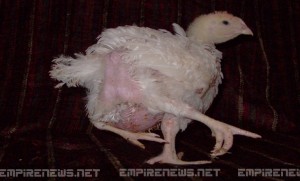It was just another normal day in government spending this morning, when House members voted to pus through a $600 million dollar grant to help scientists research properties of natural gas. Dr. Issac Merda, professor of methane studies for the University of Kentucky, requested the grant almost 2 years ago. Dr. Merda says that he and his colleagues plan to study the truth behind the age-old adage ‘He Who Smelt It, Dealt It.’
“We have been working on this project for several years, and as of this summer we had run out of private funding,” said Dr. Merda. “We know it was going to happen, and at the end of 2012 I requested this grant from the government so that we could continue this extremely important scientific research.”
Dr. Merda and his partner, Professor Richard Teile, began their research in the fall of 2009, after a late-night Mexican bean burrito party with their lab employees got a little crazy.
“We were having a good time, eating some burritos and drinking a couple of beers, when in the middle of the laughter, Ol’ Ike let one rip – hard. He was right in the middle of pounding out a triple meat and cheese taquito, and although we all knew it was him, it was our friend Larry who smelt it first,” said Teile. “We all instantly stopped in our tracks. We knew it wasn’t Larry who nearly shat himself silly, so how was he the one who smelled the rancid stench before Dr. Merda? We all jumped to work instantly, knowing that it was a big deal, and that our research could change everything.”
“Oh man, it was really nasty smelling, too,” said Larry, the custodian in the science center at the University of Kentucky. “I happened to pass through, and was instantly like ‘Damn, who let that one go?’, and all the lab guys, they instantly got quiet. Then they all got really serious looks on their faces, and jumped right into work. It took me damn near a whole bottle of Febreeze to get that stank out, by the way.”
Merda says that they are very close to ‘cracking the code’ wide open, and that when they publish their results in the Journal of Scientific Discovery next spring, the world will be forever changed.
“The things that this little mishap has led to, discoveries and thoughts you can’t yet to imagine about human bodily functions in relation to their surroundings. It’s just going to boggle you’re mind,” said Merda. “This grant being pushed through will help us finally come to a completion of our study. $600 million will buy a lot of tacos, Coronas, and Goya beans.”
So far, the team is keeping a tight lip on their findings and research. As they continue to study the effects of smelling it versus dealing it out, there is currently no word on whether or not doing the crime really does correlate with making the rhyme.


























